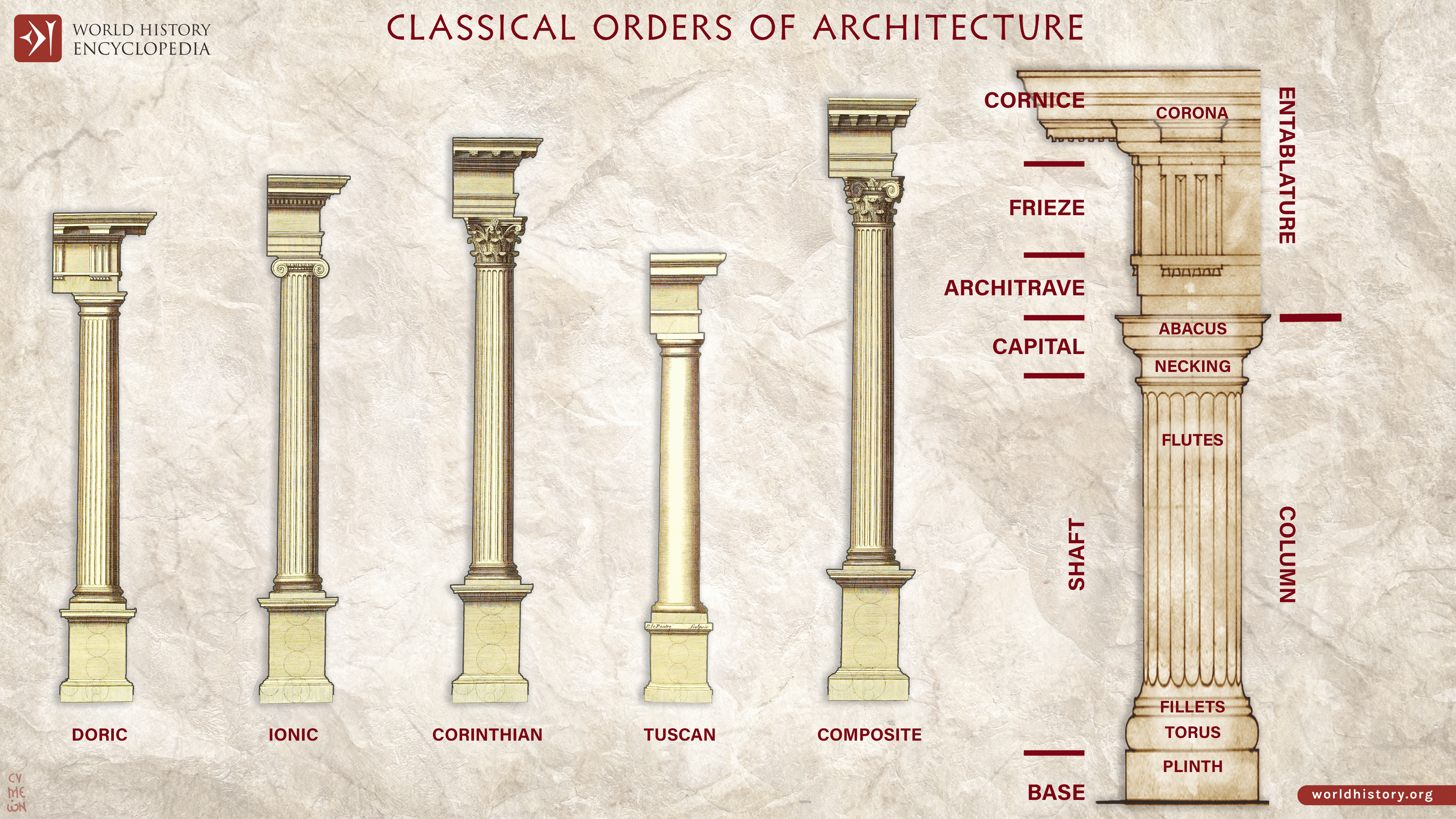What Are Columns? Understanding Their Definition and Uses
Definition of a Column
A column is a vertical structural element that supports weight and is a fundamental component of architecture. Often cylindrical in shape, columns can be both functional and decorative, serving aesthetic purposes in buildings while also providing essential support.
Architectural Significance
In classical architecture, such as Greek and Roman styles, columns are prominently featured. They not only support the structure but also enhance the visual appeal of buildings. The use of columns can signify power and stability, making them a vital aspect of architectural design.
Materials Used in Columns
Columns can be constructed from various materials, including:
- Stone
- Wood
- Metal
The choice of material often depends on the architectural style and the intended use of the column.
Styles of Columns
There are several styles of columns, each with unique characteristics. The most notable styles include:
- Doric
- Ionic
- Corinthian
Each style reflects different cultural influences and design principles.
Modern Applications of Columns
In modern architecture, columns are utilized for both functional and decorative purposes. They can be found in various structures, from residential buildings to skyscrapers, and are often designed to complement contemporary aesthetics.
Columns in Publishing
In the context of publishing, what are columns? They refer to a vertical division of text on a page. This format is commonly used in newspapers and magazines, where a column can represent a section dedicated to a specific topic or writer.
Columns in Spreadsheets and Databases
In spreadsheets, a column refers to a vertical arrangement of data, allowing for organized data entry and analysis. Similarly, in databases, columns represent fields in a table, defining the attributes of the data stored.
Mathematical Context of Columns
In mathematics, columns can refer to a vertical arrangement of numbers or symbols, often used in calculations or data representation. This organization aids in clarity and understanding of mathematical concepts.
Graphic Design and Readability
In graphic design, columns help organize content for improved readability. By structuring text into columns, designers can create visually appealing layouts that guide the reader's eye through the material.
Data Visualization with Columns
In data visualization, columns can represent categories in bar charts, making it easier to compare different data sets. This visual representation enhances comprehension and analysis of complex information.
Programming and Data Structures
In programming, columns can refer to attributes in data structures, such as arrays or tables. This organization allows for efficient data manipulation and retrieval.
Statistical Representation
In statistics, columns can represent variables in a dataset, facilitating analysis and interpretation of data trends and relationships.
Engineering Importance of Columns
Columns play a critical role in engineering, particularly in load-bearing structures. They are essential for maintaining the integrity and stability of buildings and other constructions.
Landscaping with Columnar Plants
In landscaping, columnar plants, such as certain trees, are used to create vertical interest in gardens and outdoor spaces. These plants can enhance the aesthetic appeal of landscapes while also serving functional purposes.
Historical Context of Columns
Historically, columns have signified power and stability, often found in monuments and government buildings. Their presence in architecture reflects the values and priorities of the societies that built them.
Columns in Art
In art, columns can be subjects of sculptures or paintings, symbolizing strength and beauty. Artists often incorporate columns into their work to convey themes of support and structure.
Literary Columns in Publications
In literature, a column can refer to a recurring piece in a publication, often providing commentary or insights on specific topics. These columns engage readers and foster ongoing discussions within the community.
If you liked it and want to know more content similar to What Are Columns? Understanding Their Definition and Uses. Visit our category Tech











By posting you agree to the Privacy Policy
Basic information on data protection